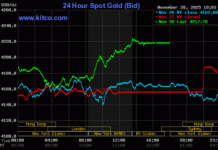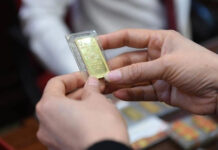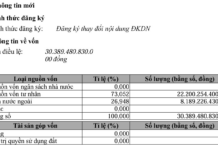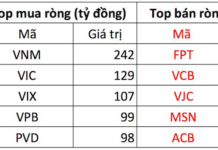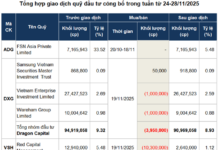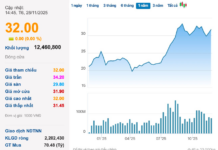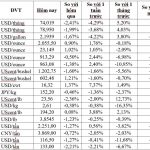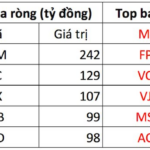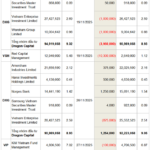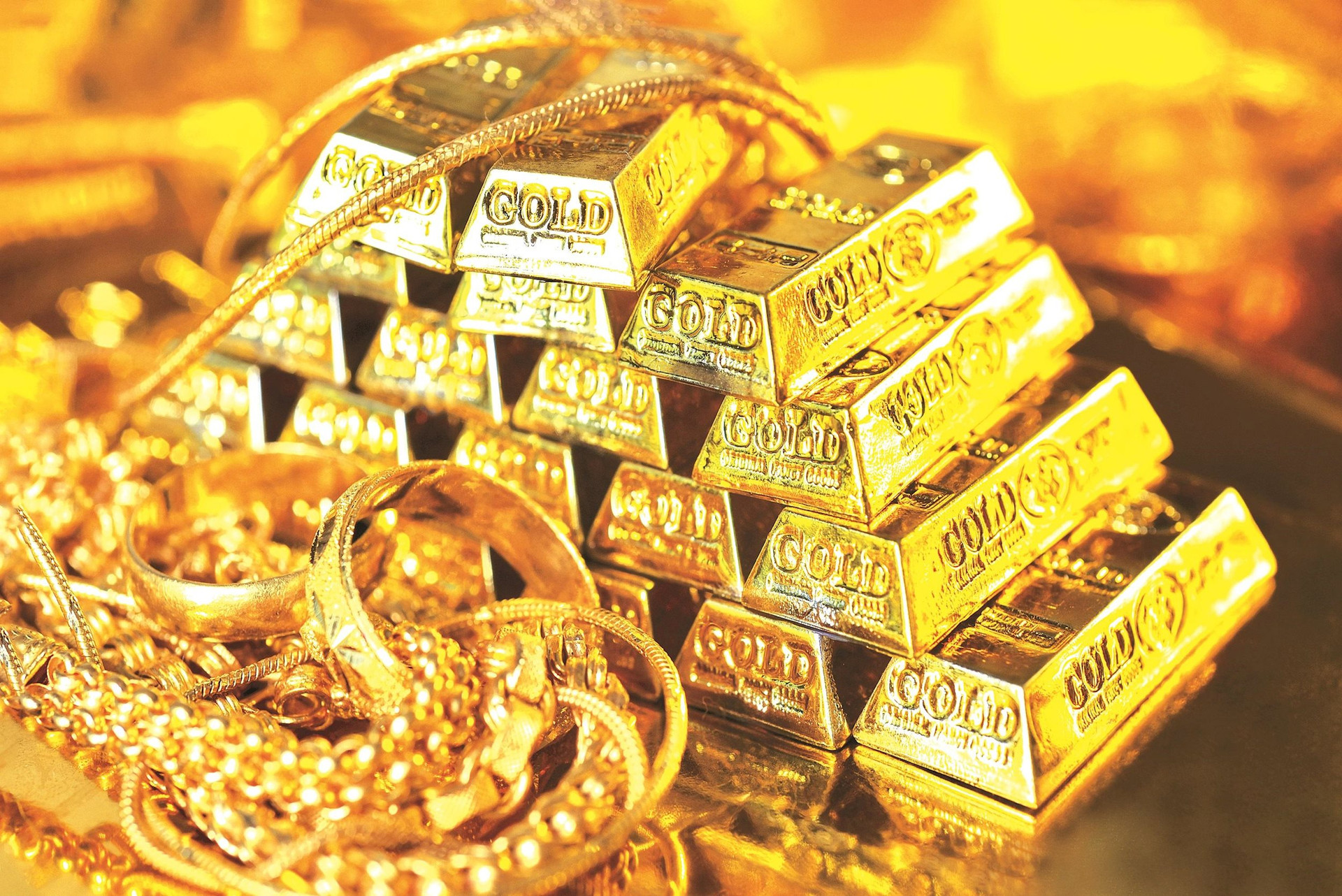
Gold spot prices set a new all-time high record last week, reaching $2,430.37 per ounce on Wednesday morning (July 24th). However, just one day later, prices plummeted to $2,351 per ounce, the lowest level since July 9th. The week ended with prices at $2,382.98 per ounce.
In the domestic market, SJC gold bar prices on Sunday morning (July 28th) ranged from VND 77.5-79.5 million per tael (buy-sell), not much different from the range of VND 78-80 million per tael a week earlier. SJC 9999 gold rings are currently priced at VND 75.5-77 million per tael (buy-sell).
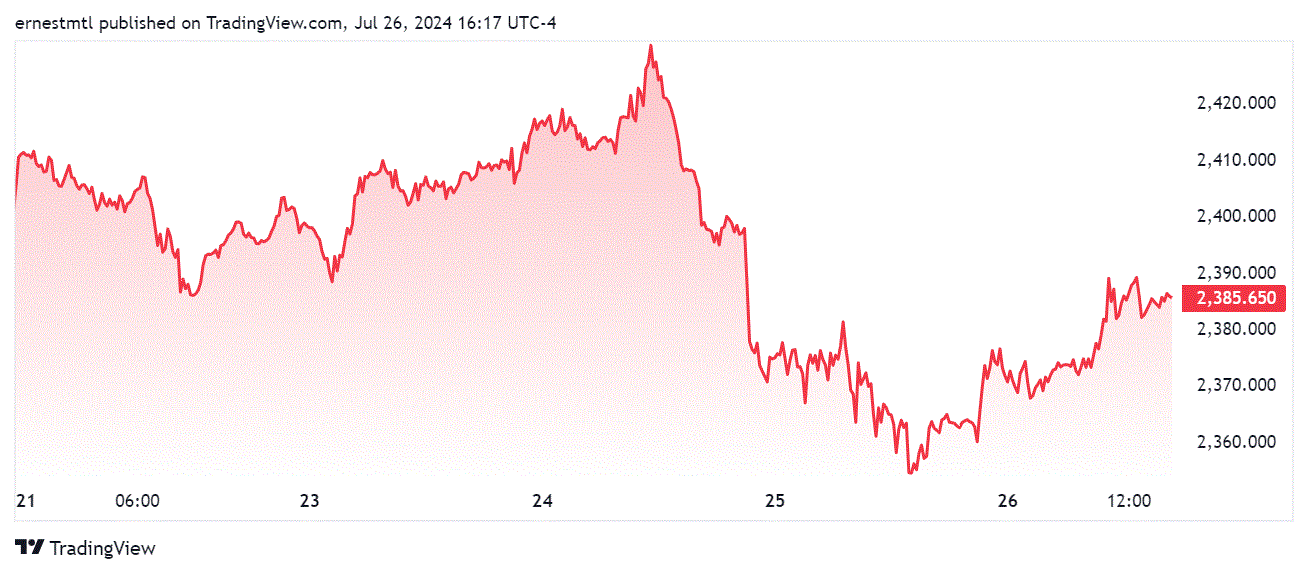
The latest survey results show that both experts and investors remain optimistic about the prospects for gold prices next week.
The latest US data has boosted optimism in the gold market. Inflation in the country in June 2024 eased to 2.5% (compared to 2.6% in May 2024), with core inflation (excluding food and energy costs) remaining at 2.6%, slightly higher than Wall Street’s forecast of 2.5%. This data indicates that the Fed’s monetary control policy is yielding encouraging results, bringing inflation closer to the 2% target.
In addition to the positive economic outlook, the US Q2 GDP estimate exceeded expectations, achieving a robust growth rate of 2.8% year-over-year. This figure is much higher than the predicted 2%, indicating the resilience of the economy despite interest rates being at their highest level in 23 years.
As the Fed has balanced the goal of curbing inflation while supporting economic growth, investors are closely watching for signs of a shift towards interest rate normalization. The market is now 100% certain that the Fed will cut interest rates at the September 2024 meeting. The actions of the US central bank in the coming months could have far-reaching impacts on the global financial markets, including gold prices.
This week, 16 analysts on Wall Street participated in the Kitco News survey on the short-term outlook for gold prices, with the results showing a new wave of optimism, as 7 analysts (44%) predicted gold prices would rise, while only 4 people (25%) forecast a decline and the remaining 5 people (31%) expected prices to stabilize.
Meanwhile, on Main Street, out of 193 participants in the survey, 127 retail investors, or 66%, predicted that gold prices would rise next week; 37 others (or 19%) predicted a decline, while the remaining 29 people (15%) expected prices to remain unchanged from the end of the week compared to the beginning.
“I’m optimistic about gold prices next week,” said Colin Cieszynski, Chief Market Strategist at SIA Wealth Management. “I think if Powell shows moderation at the Fed meeting and hints at an interest rate cut in September, the dollar will weaken and gold will rebound.”
“If you look at the bigger picture of gold’s actual position, you’ll see that we needed to see a sell-off like we did in the last two sessions,” said Kevin Grady, President of Phoenix Futures and Options. “The price decline was healthy. Even the sell-off in S&P stocks was healthy. Things can’t just keep going straight up.”
Grady expects gold to continue to outperform stocks in the near term, which means prices are more likely to rise than fall. “I think gold prices will stabilize to rise, as stocks will stabilize to rise,” he said. He also expects the Fed’s moves to continue to support the yellow metal.
“It will go down,” said Darin Newsom, Senior Analyst at Barchart.com, one of those who predicted a decline in gold prices. “Based on the fact that December gold futures ended the week lower, we can expect another sell-off next week, which could lead to lower prices next week.”
Sean Lusk, co-director of Commercial Hedging at Walsh Trading, reviewed price movements on Friday and adjusted his expectations for gold along with the overall market. He said it was difficult to bet on lower gold prices when the world had so many geopolitical events and rapidly changing economic and financial situations. “China has been out of this market for a few months, but they may be back,” he said. “Now there are significant uncertainties related to the US election, with increasing uncertainties lately.”
Mr. Lusk predicted that there would be both the possibility of price increases and decreases at the present time. He said, “If we can’t hold the $2,285, $2,290 level, then prices will drop another $100 from there.” He said he would be watching next week to see how gold prices perform from the start to assess the direction of the metal. “Gold must hold the $2,350 to $2,340 level,” he said. “Next week, if prices start at a lower level, it is more likely that they will drop to $2,280, $2,290. If this level is not maintained, the pressure will be even greater. But you have to think that any significant decline will stimulate buying activity.”
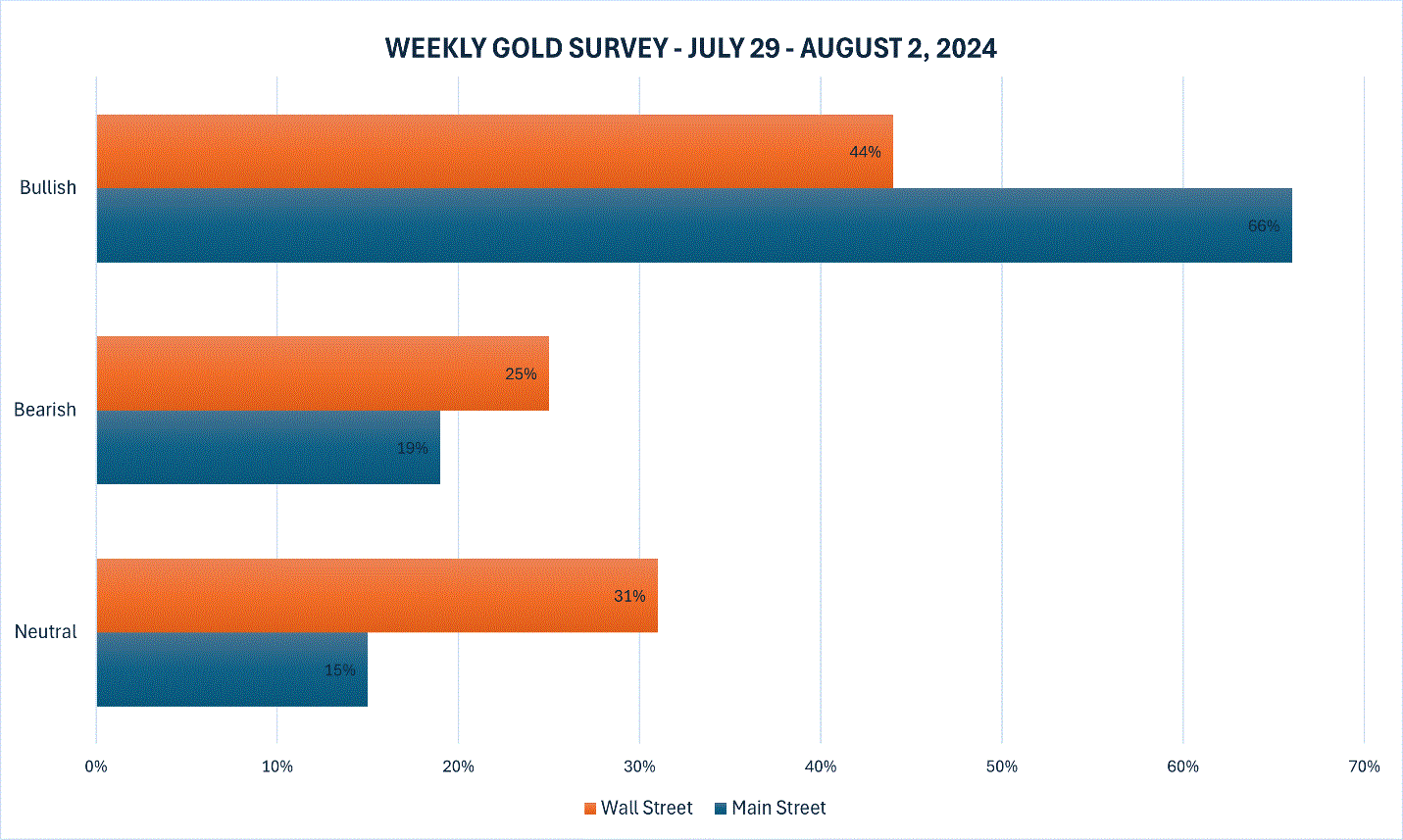
Kitco News survey results on gold price prospects for the week of July 29 – August 2.
Next week, risks will focus on the last two days (August 1st and 2nd) with the Fed’s interest rate decision and US non-farm payroll data for July.
While most market participants expect the US central bank to keep interest rates unchanged at this meeting, precious metal traders are also eager to know whether the tone of Fed Chairman Jerome Powell will change after the July inflation data is released.
Other notable events include US consumer confidence survey data for July from the Conference Board, to be released on Tuesday (July 30th); the Bank of Japan’s interest rate decision and US employment data from the Department of Labor (released on Wednesday, July 31st); and the Bank of England’s interest rate announcement, weekly US jobless claims, and US manufacturing PMI (released on Thursday, August 1st).
Reference: Kitco News
‘King of spenders’ Phan Minh Thong warns of ‘shocking’ changes in the US market from a $500,000 pho bowl perspective.
“In the US, a bowl of pho costs about $15-18, plus a $20 tip (around 500,000 Vietnamese dong). Compared to Vietnam, where breakfast in Saigon or Hanoi costs around 50,000 dong per meal, and a plate of banh cuon with all the toppings in Hai Phong costs 20,000 dong,” Mr. Thong recounted.






